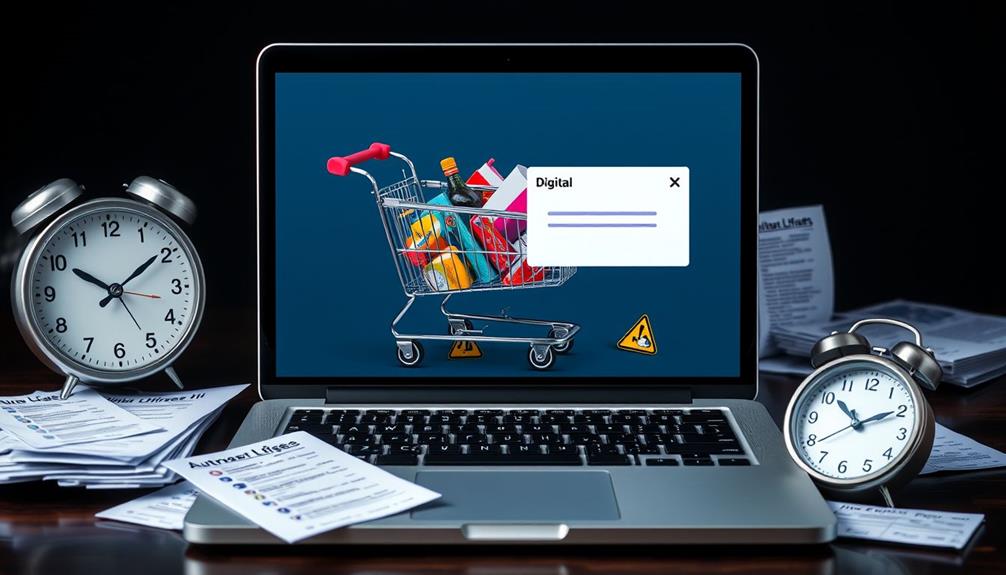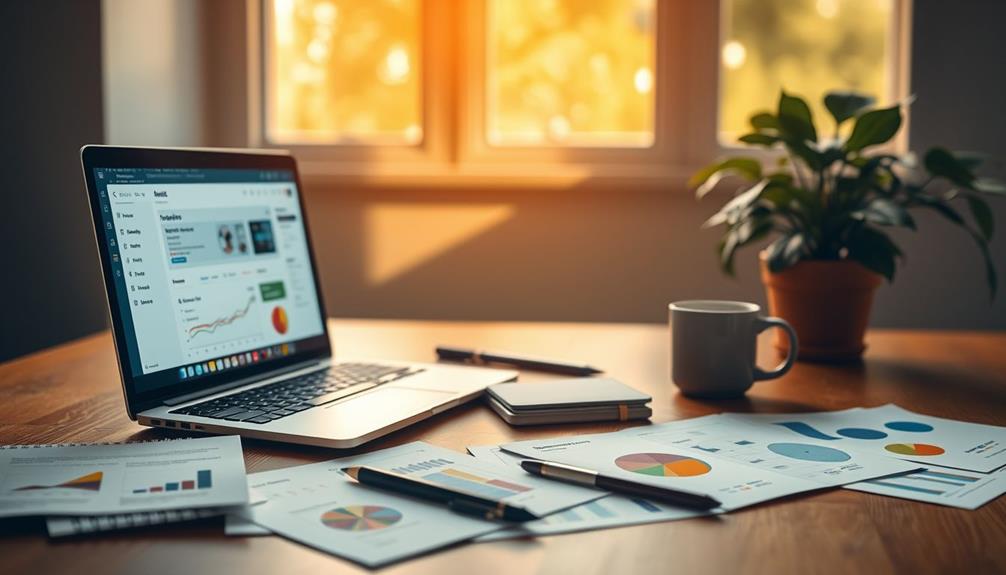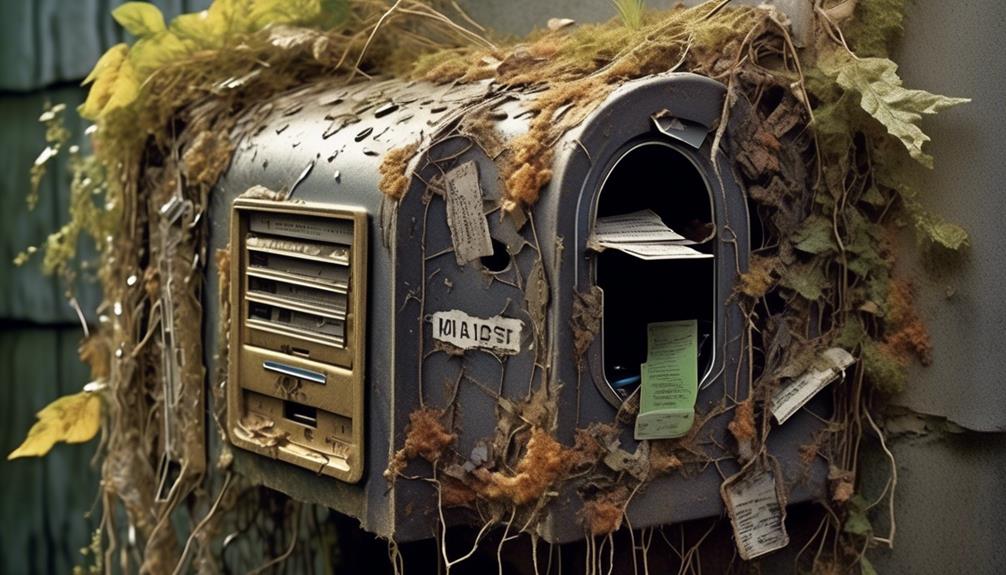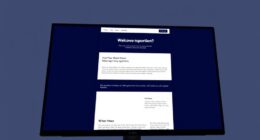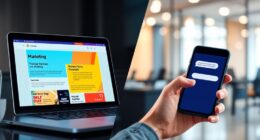To create a high-converting welcome email sequence, start by sending 3 to 6 emails over 5 to 7 days. Begin with gratitude and deliver lead magnets. Share your brand story to build trust and connection. Offer educational content in the following emails, addressing common questions and objections your audience might have. Keep your emails engaging with clear calls-to-action and relevant content tailored to your subscribers. Monitor key metrics like open and click-through rates to refine your strategy. By following these steps, your emails can effectively turn new subscribers into loyal customers, and there's more to explore on this topic!
Key Takeaways
- Start with an immediate first email thanking subscribers and delivering lead magnets to establish engagement right away.
- Share your brand story in subsequent emails to build a personal connection and highlight your mission and values.
- Provide educational content addressing common objections and myths to enhance credibility and trust among new subscribers.
- Incorporate clear calls-to-action (CTAs) in each email to guide subscribers toward desired actions and encourage purchases.
- Space emails 1 to 3 days apart over 5 to 7 days to maintain anticipation and ensure consistent engagement.
Importance of Welcome Email Series
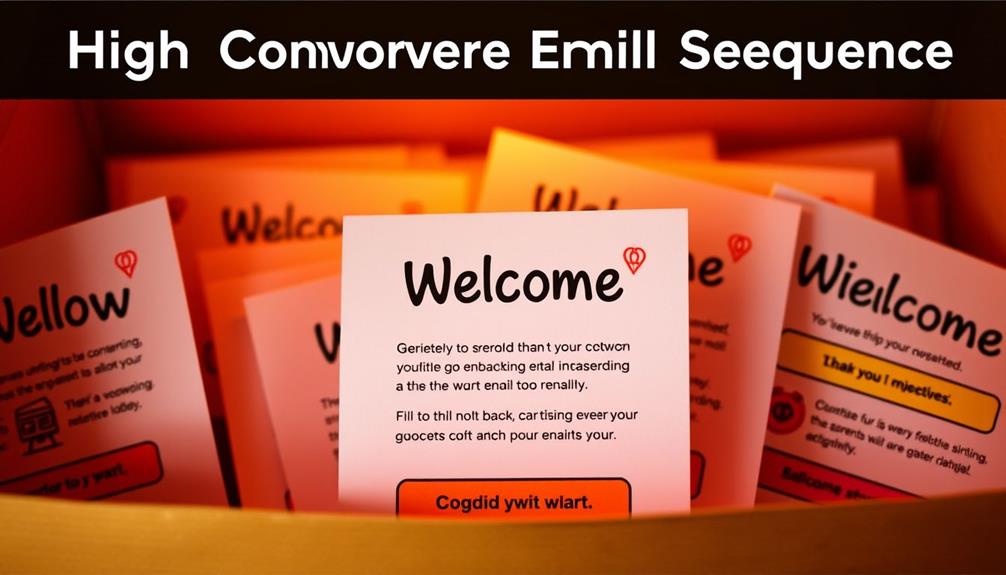
A welcome email series is crucial for any marketing strategy, and here's why. First off, these emails boast an impressive average open rate of nearly 64%, making them one of the most effective forms of email marketing. When you send a welcome email, you're not just saying hello; you're setting subscriber expectations. In fact, 74.4% of individuals expect to receive one upon signing up. This is your chance to engage new subscribers right away.
Additionally, effective email marketing strategies emphasize the importance of personalization and segmentation, which can further enhance the effectiveness of your welcome series.
Moreover, brands that utilize a welcome email series can see conversion rates that are 23 times higher than regular marketing emails. This indicates just how effective these emails can be in nurturing leads and driving sales. Sadly, only 39% of brands actually send a welcome email, leaving a significant opportunity for you to stand out.
A well-crafted welcome email series can also establish brand awareness and build trust with your audience. Remember, consumers typically need an average of seven touchpoints to remember a brand. By starting strong with an effective welcome, you're laying the groundwork for long-term customer relationships.
Don't miss out; leverage the power of a welcome email series to enhance your marketing efforts!
Goals for Your Welcome Sequence
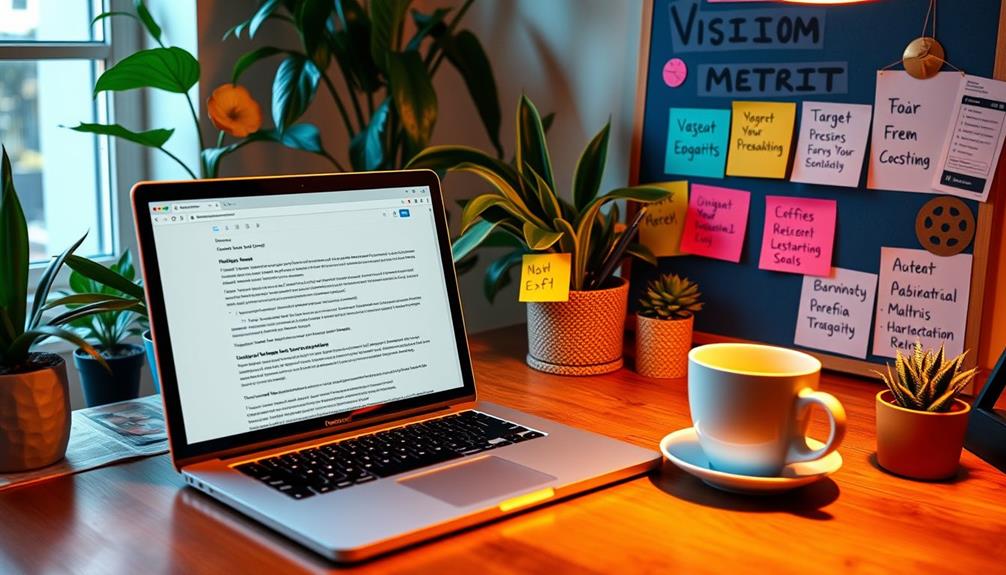
When crafting your welcome email sequence, it's important to have clear goals in mind. The primary goal should be to establish brand awareness and trust, as 74.4% of individuals expect a welcome email after signing up.
To enhance the overall experience, consider integrating content that resonates with your audience's needs, such as essential oils for toothache relief. Focus on enhancing conversion rates; a well-structured sequence can lead to first-time purchases, with averages reaching up to 11%.
Set clear objectives for your welcome sequence to effectively monitor progress. Each email should target specific aims, such as sharing valuable content and addressing common barriers that might prevent engagement.
Incorporating storytelling techniques can greatly boost subscriber engagement, making your emails more relatable and memorable. In fact, emails that employ storytelling often see open rates up to four times higher than typical marketing emails.
Structure of the Email Sequence
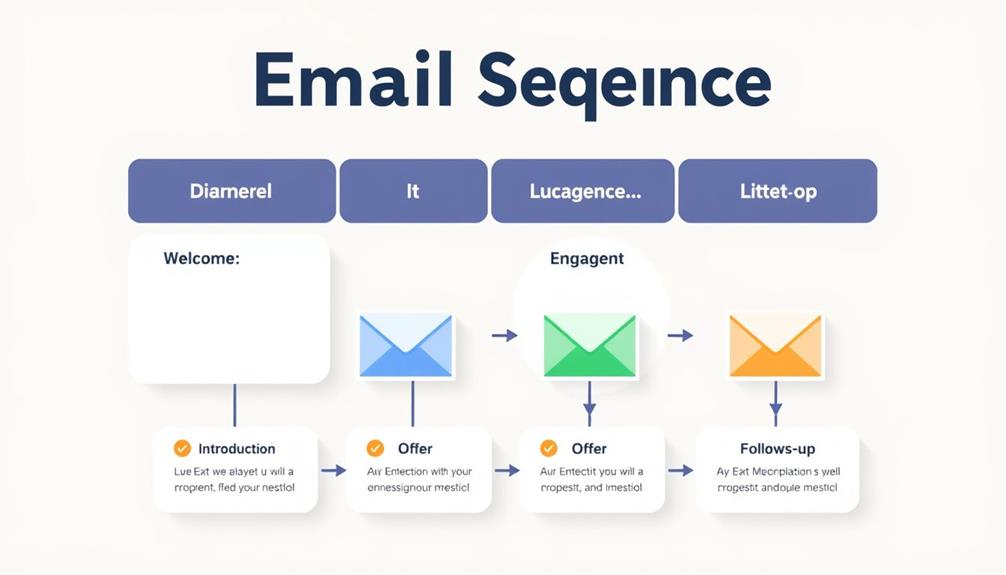
When structuring your welcome email sequence, aim for 3-6 emails spread over 5-7 days.
Each email should focus on key content elements like brand introduction, customer pain points, and your unique value propositions.
Incorporating high-quality content can greatly boost engagement, as it establishes credibility and trust with your subscribers.
This approach not only keeps subscribers engaged but also guides them smoothly through the onboarding process.
Email Sequence Length
Creating an effective welcome email sequence often involves finding the right balance between engagement and information. A high-converting welcome email series typically includes 4-6 emails, allowing you to introduce your brand and keep your subscribers engaged. This is particularly important as top platforms for earning online often rely on strong communication strategies.
Start with an automated welcome email sent immediately after sign-up to make a great first impression.
Follow up with additional emails spaced out over 5-7 days. This approach helps nurture the relationship and maintains audience engagement. Each email should focus on a specific theme, like sharing valuable content or addressing common objections, ensuring you provide meaningful information that boosts your conversion rate.
For smaller businesses, a shorter welcome series of 2-3 emails might suffice, while B2B markets can benefit from longer sequences, extending up to 1-2 years for deeper connections.
Key Content Elements
Crafting an effective welcome email sequence requires thoughtful consideration of key content elements that engage new subscribers. A high-converting email sequence typically consists of 3-6 emails spread over 5-7 days, designed to create a welcoming atmosphere.
Start with your first email by thanking subscribers for signing up and delivering any promised lead magnets. This sets a positive tone and makes a great first impression. Additionally, consider incorporating elements from common financial terms that may resonate with your audience, as this can enhance their understanding of your offerings.
In subsequent emails, share your brand story to build a personal connection. This helps with trust building and enhances subscriber engagement. Include educational content that provides value, addressing common myths or objections to break down barriers.
Each message should contain a clear call-to-action (CTA), guiding readers toward the next step—be it exploring your website, making a purchase, or following you on social media.
Structuring your emails in a logical sequence is essential. This gradual approach fosters familiarity, ultimately positioning your brand as the best choice for their needs.
Content Ideas for Each Email
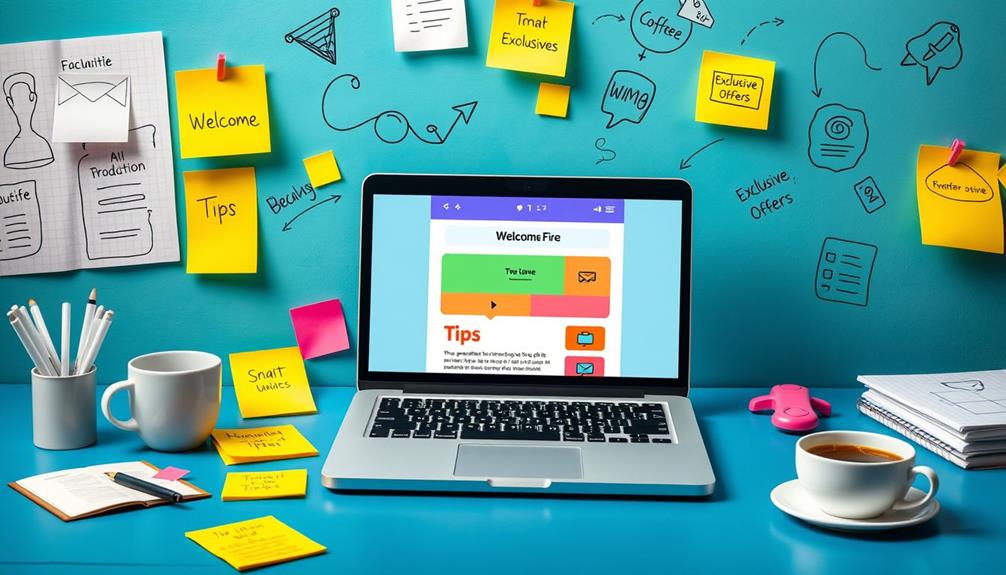
Starting a welcome email sequence effectively sets the tone for your relationship with subscribers. In your first email, express gratitude for their subscription, deliver any promised lead magnets, and give a brief overview of what they can expect from your email series. This sets clear expectations and boosts your open rate.
Additionally, consider incorporating elements that resonate with your audience, such as astrology-driven insights on Star Appeal: Astrology and Attractiveness, which can enhance engagement and connection.
In the second email, share your brand story. Highlight your mission and values to foster a personal connection that helps subscribers relate to your brand on a deeper level. Engaging subject lines can enhance this connection.
The third email should focus on educational content. Offer tips or resources that align with your subscribers' interests, establishing your brand as a helpful authority in your industry.
In the fourth email, address common objections and barriers. Provide reassurance about any misconceptions surrounding your brand or products, which can alleviate hesitations that may prevent purchases.
Engagement Techniques and Best Practices
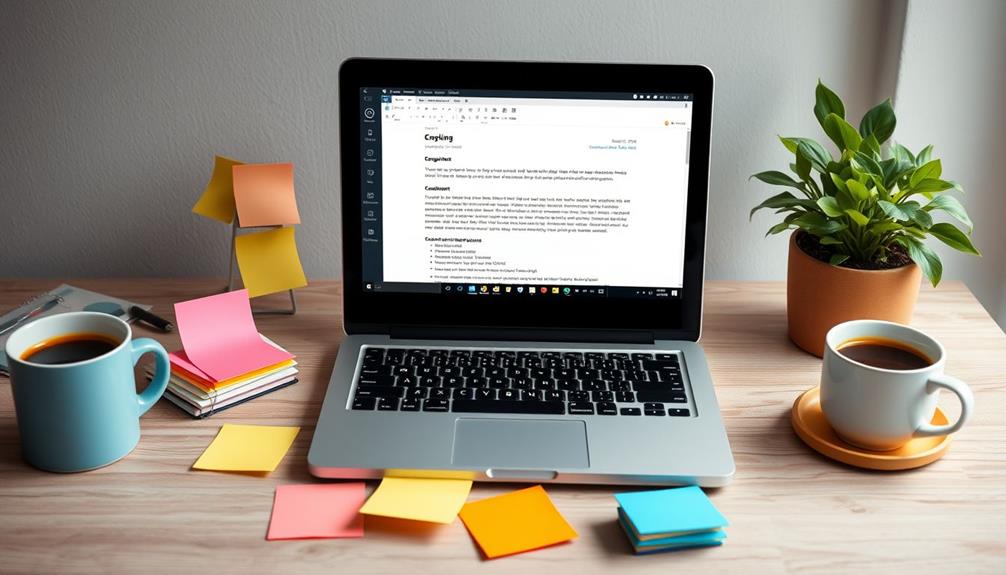
To truly engage your subscribers throughout the welcome email sequence, consider implementing several effective techniques and best practices.
Personalization is key; addressing new subscribers by name and tailoring content to their interests can greatly boost engagement rates. This makes your emails feel more relevant and inviting.
Additionally, incorporating uplifting themes, such as those found in Blue Skies and Lemonade, can evoke positive emotions that enhance subscriber connection.
Incorporating storytelling techniques can also enhance emotional connections. Share relatable brand stories that resonate with your audience, making your message memorable. This approach can turn a simple welcome series into an enthralling journey.
Make sure to include clear calls-to-action (CTAs) in each email. These guide subscribers on the next steps, encouraging clicks and desired actions. Whether it's checking out a product or following your brand on social media, CTAs drive engagement.
Don't forget about A/B testing. Experimenting with subject lines and email content helps identify the most effective strategies, leading to improved open and conversion rates over time.
Finally, offering exclusive discounts or offers in your welcome series creates urgency and incentivizes first-time purchases, ultimately contributing to higher conversion rates.
Timing and Frequency Considerations
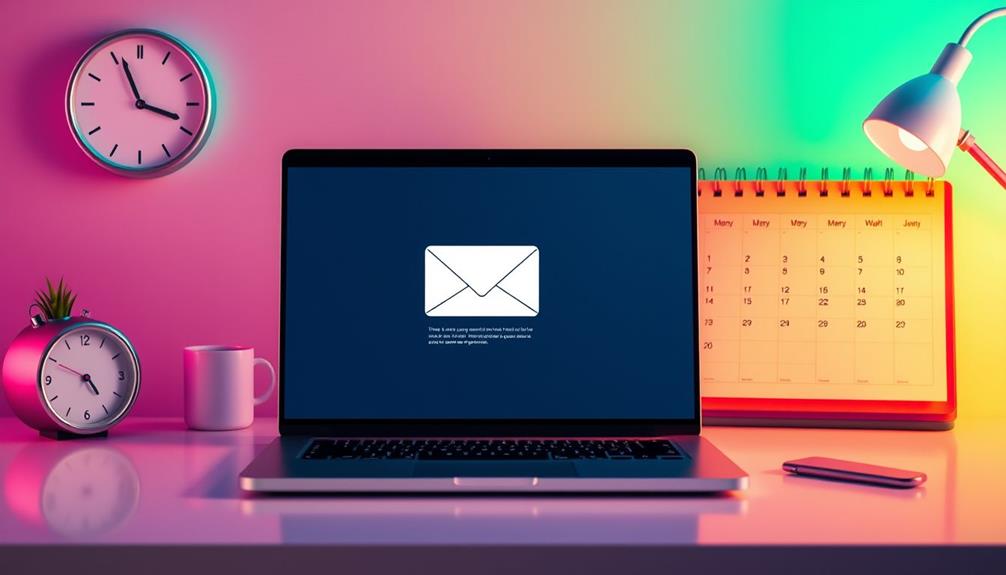
Timing your welcome email sequence effectively is essential for maximizing subscriber engagement and guaranteeing a positive experience. To achieve this, consider the following timing and frequency strategies:
- Immediate First Email: Send the first welcome email immediately after sign-up to capitalize on the new subscriber's enthusiasm. This initial contact boosts engagement metrics right away, similar to how the Creative Spark emphasizes rediscovering potential in creative expression.
- Spacing Subsequent Emails: Space out subsequent emails in your welcome series based on engagement metrics, typically 1 to 3 days apart. This helps maintain subscriber anticipation without overwhelming them.
- Optimal Sequence Length: Aim for 5 to 7 emails over a period of 5 to 30 days. This allows for consistent communication and keeps your brand top-of-mind.
- Align with Sales Cycle: Confirm your email timing aligns with your existing sales cycle. This relevance not only enhances conversion likelihood but also makes your messages feel timely and valuable.
Analyzing Performance Metrics
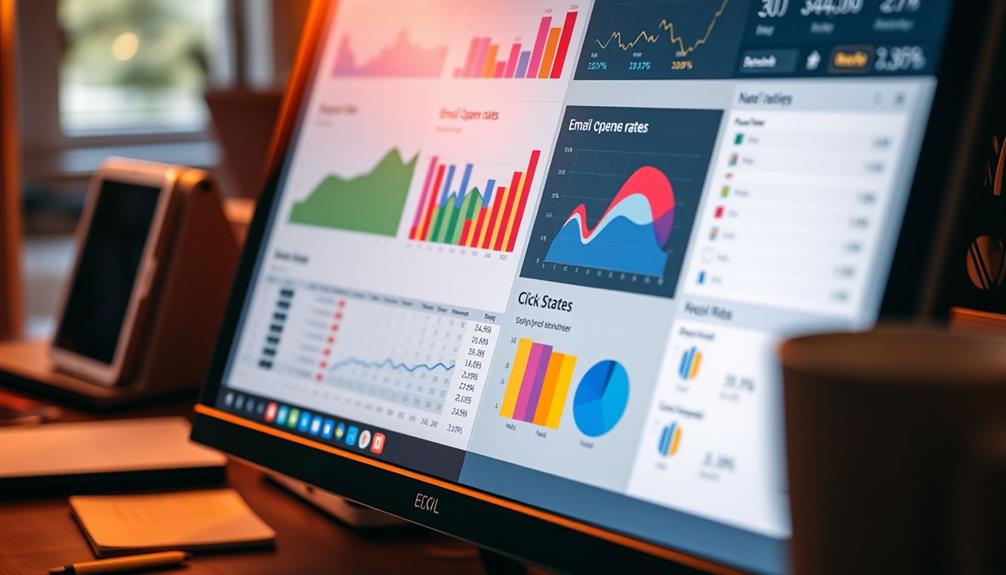
After establishing a well-timed welcome email sequence, the next step is to analyze its performance metrics. Monitoring key indicators like open rates and click-through rates is crucial. Welcome emails typically boast impressive open rates ranging from 50% to 86%, so tracking these can help you gauge effectiveness.
To guarantee a solid foundation for your marketing strategy, it's also important to protect your savings from potential pitfalls that could affect overall performance.
Utilize A/B testing to experiment with different subject lines and content. This can reveal subscriber preferences, allowing you to refine your messaging and boost engagement rates. Pay attention to how long it takes for subscribers to engage with the welcome series; this insight can guide your future email timing and frequency.
Additionally, tracking subscriber behavior is crucial. Identify which emails lead to the highest conversions to improve segmentation and personalization in your marketing efforts.
Finally, don't overlook measuring revenue per email (RPE). This metric quantifies the financial impact of your welcome series, which can exceed a staggering 3,000% lift in revenue compared to standard promotional emails.
Advanced Strategies for Optimization
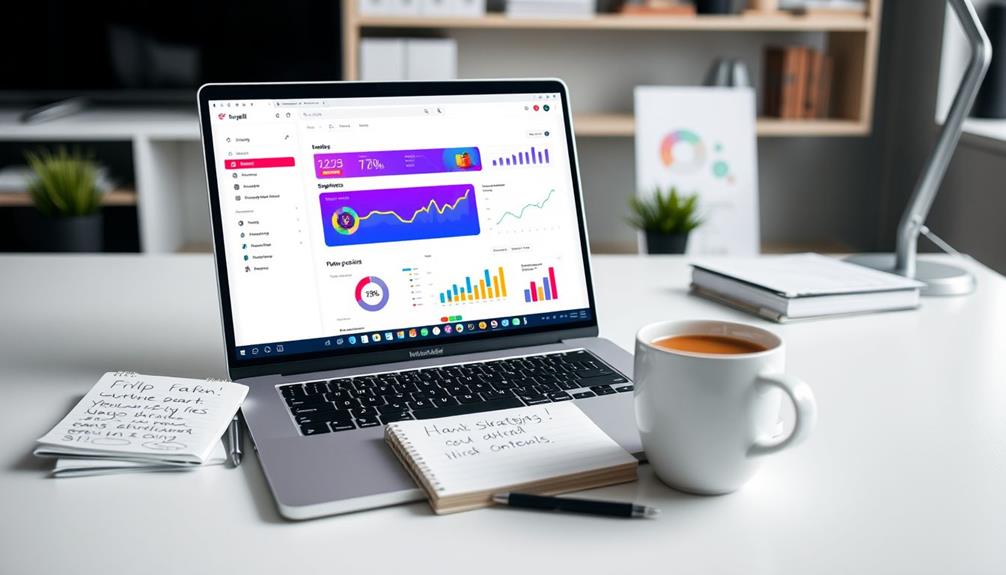
To optimize your welcome email sequence, start by implementing A/B testing techniques for subject lines and content.
Additionally, consider incorporating different brewing methods that resonate with your audience's preferences.
By analyzing performance metrics, you can identify what resonates best with your audience and tweak your strategy accordingly.
This focused approach not only boosts engagement but also enhances your overall email effectiveness.
A/B Testing Techniques
A/B testing is a powerful strategy for optimizing your welcome email sequence, allowing you to pinpoint what truly resonates with your audience.
By testing different elements, you can enhance conversion rates, engagement levels, and reduce unsubscribe rates.
Here's how to effectively implement A/B testing:
- Test Subject Lines: Create two variations with different subject lines to see which grabs more attention and increases open rates.
- Experiment with Email Timing: Test when you send your emails; different time slots can impact engagement levels considerably.
- Audience Segmentation: Divide your audience into segments to provide tailored content. This helps you understand how various demographics respond to different approaches.
- Test One Variable: Focus on one element at a time, like the subject line or call-to-action (CTA). This clarity will lead to actionable insights that refine your welcome email sequence.
Performance Metrics Analysis
When it comes to optimizing your welcome email sequence, performance metrics analysis is essential for understanding how well your efforts are paying off. Regularly tracking key performance metrics like open rates, click-through rates, and conversion rates gives you insights into your email effectiveness. Welcome emails typically see open rates between 50% to 86% and average conversion rates around 11%.
Implement A/B testing to refine your subject lines and content. This helps identify which variations yield the highest engagement and conversion rates. Additionally, using advanced segmentation techniques allows you to tailor content for specific subscriber demographics, enhancing personalization and engagement metrics.
Don't forget to monitor subscriber feedback. This will help you pinpoint what resonates with your audience. Finally, analyze your sales funnel performance post-welcome sequence to measure the long-term impact on customer retention and lifetime value.
| Metric | Value Range |
|---|---|
| Open Rates | 50% to 86% |
| Conversion Rates | Average 11% |
| Engagement Metrics | Varies by content |
Utilizing these strategies will guarantee your welcome emails create a lasting impression.
Frequently Asked Questions
How Do I Create a High Converting Email Sequence?
To create a high-converting email sequence, focus on engaging content, strong storytelling, and clear calls-to-action. Personalize your messages, monitor performance metrics, and continuously optimize based on subscriber feedback to boost conversions effectively.
How Do You Write a High Converting Email?
Imagine sending an email with the subject line, "Unlock Your Exclusive Deal!" You'll grab attention, leading readers to a clear CTA. Personalize your message, and analyze metrics to refine your approach for maximum impact.
How Do I Optimize an Email Sequence?
To optimize your email sequence, A/B test subject lines and content, monitor key metrics, segment your audience, personalize messages, and gather feedback. These strategies enhance engagement, improve performance, and drive conversions effectively.
What Is the Best Practice for Welcome Email?
To create effective welcome emails, start strong, stay personal, and keep it engaging. Use a clear call-to-action, share your story, and address subscriber needs. This builds trust and encourages them to connect with your brand.
Conclusion
In summary, a well-crafted welcome email sequence is essential for boosting engagement and conversions. By implementing the strategies discussed, you can create a lasting first impression. For instance, a hypothetical coffee subscription service saw a 30% increase in sign-ups when they sent a series of personalized welcome emails featuring exclusive discounts and brewing tips. Start your welcome sequence today, and watch your engagement soar!

